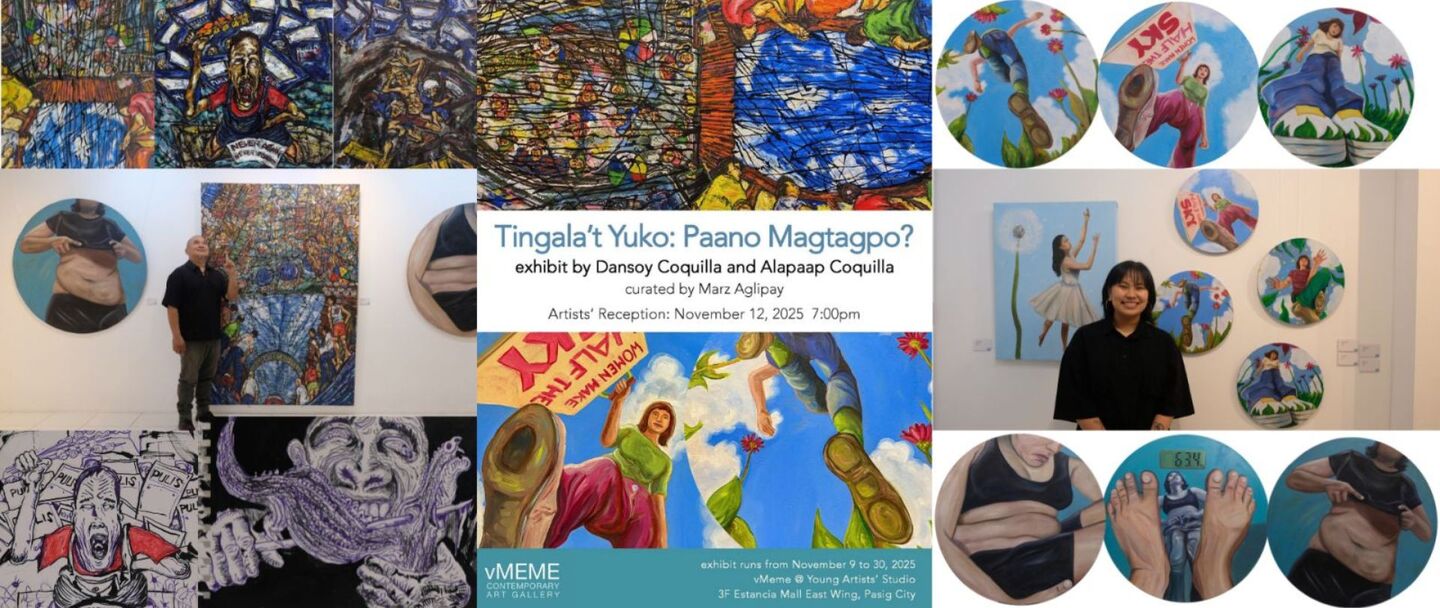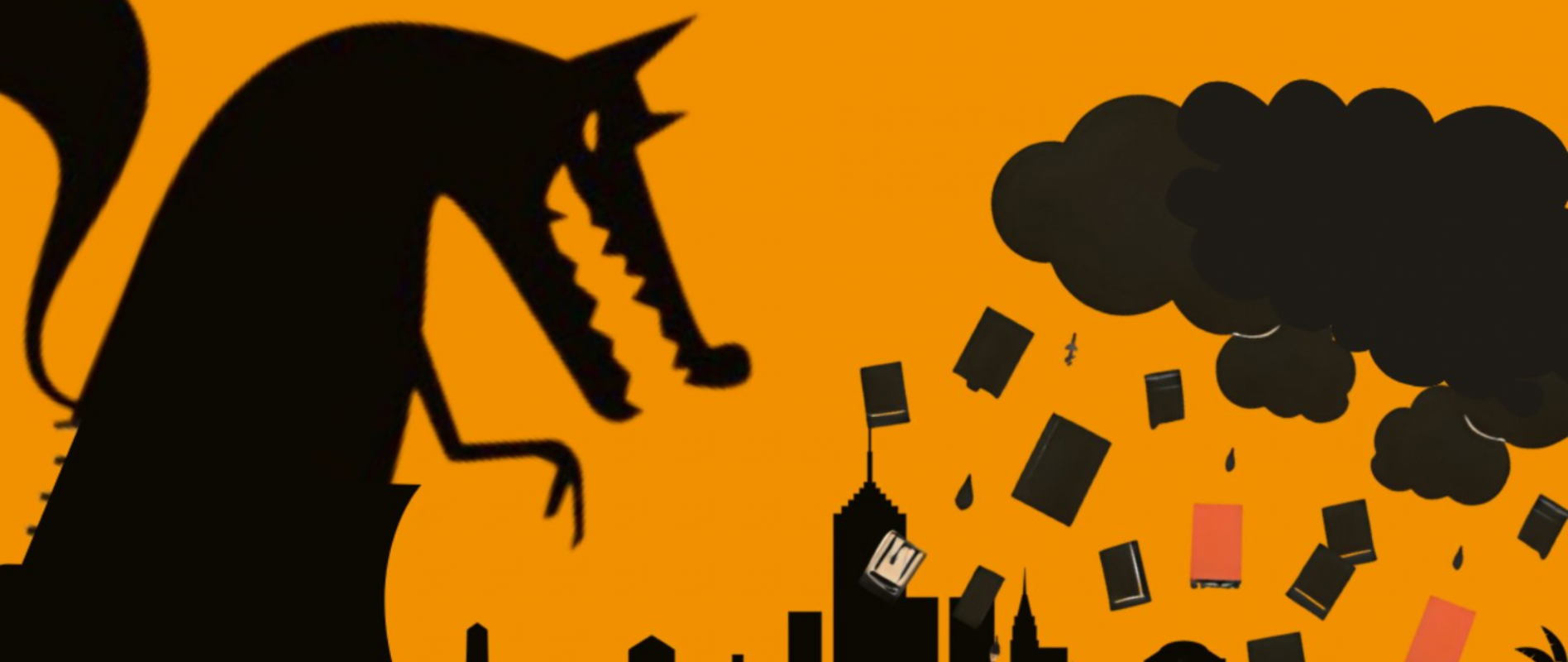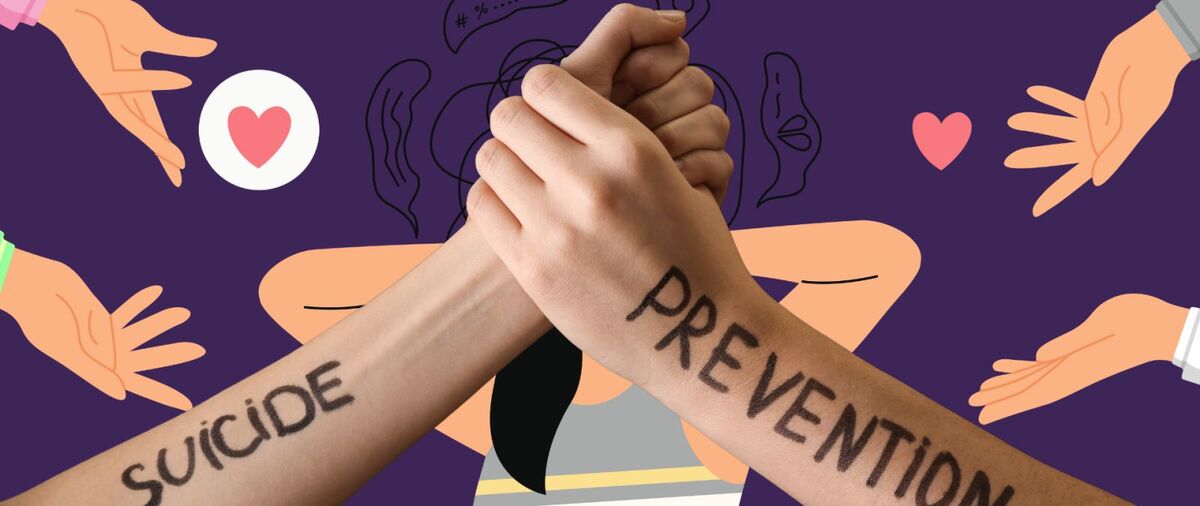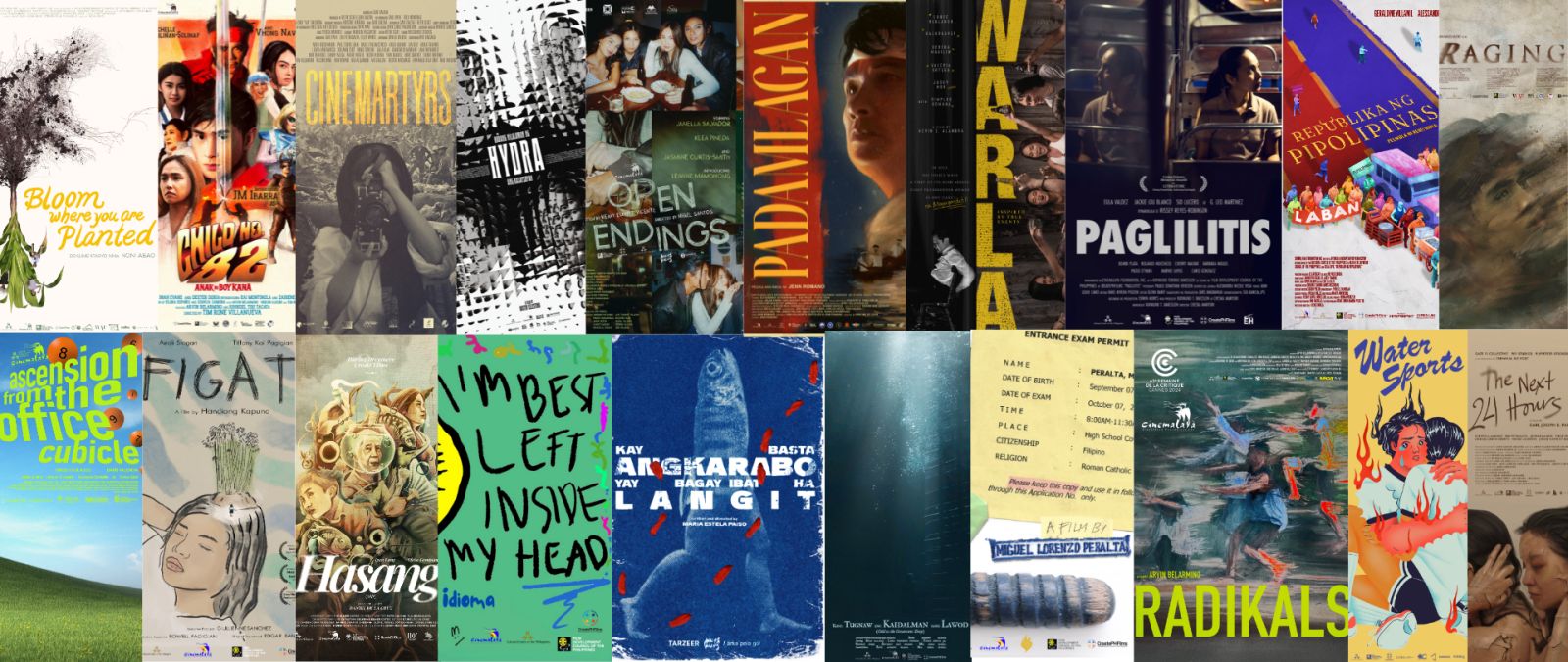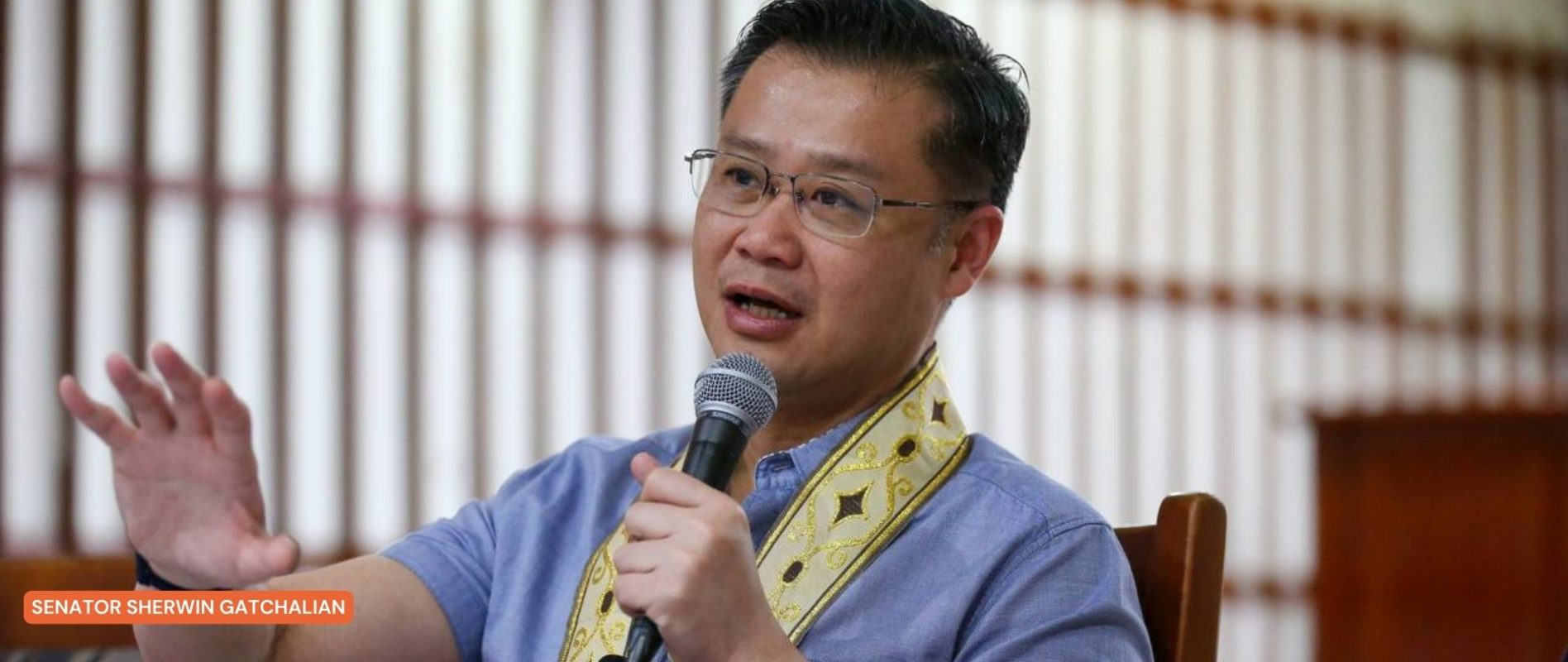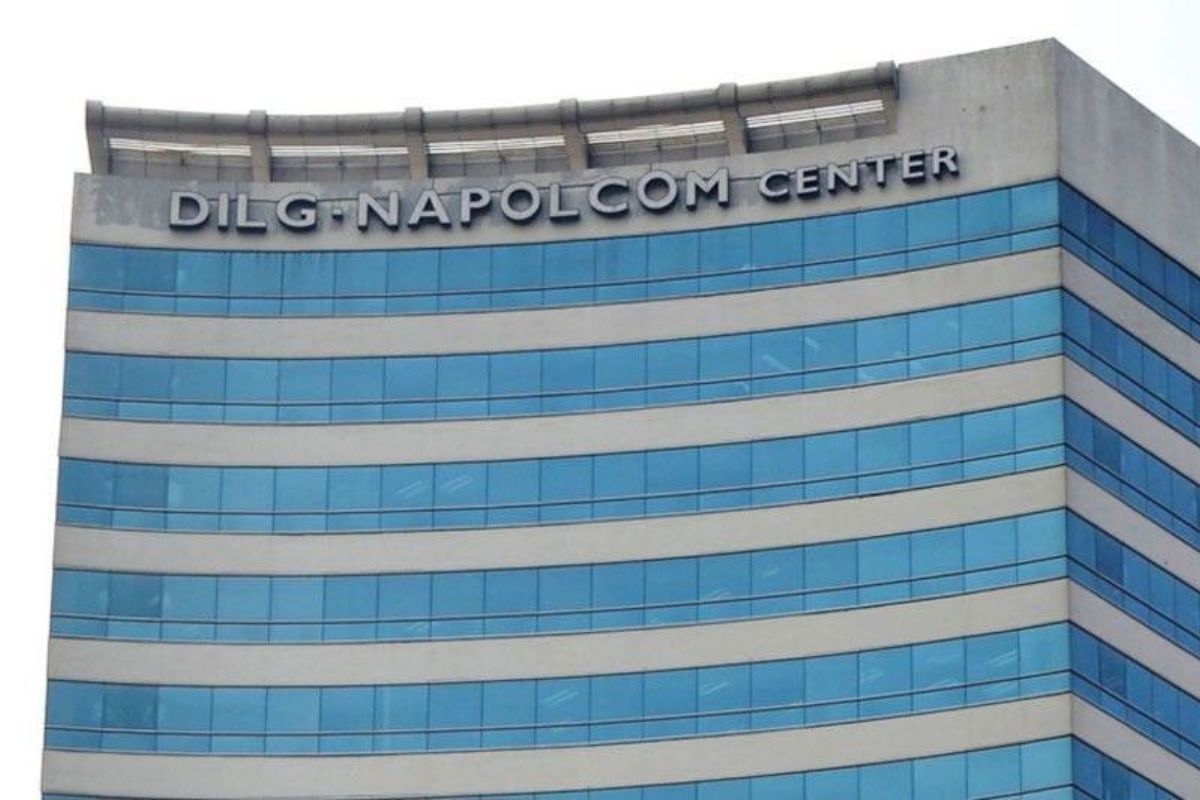ART FOR MONEY IS NOT ART? A TWEET SPARKS DISCUSSION ON THE REAL VALUE AND ESSENCE OF CREATION
From his personal experience of making art, GMA reporter Joseph Morong sparked a conversation on the value and essence of creation that goes beyond monetary and commercial factors.
Define “art”. In art school, I was taught that art is man-made, and everything else is god’s creation. There’s also an ever-going debate on whether art should be political or not. Some questions the border between freedom of expression and socially-acceptable expression. Others look into what defines a piece: the personal interests of the artist or the understanding of its audience?
Now, the question of art’s commercial value is brought up with a tweet from GMA News reporter Joseph Morong. In a now-deleted tweet, he stated, “Art for money is not art”. Without any context to follow after its posting, the internet reacted and the art community was divided.
excuse me but did you forget that almost everything you use in your life is related to art??
TV shows, books, even your fucking house.
and fyi @Joseph_Morong ART IS A PROFESSION. Artists don't spend years, money, and hardwork just for you to say that art for money isn't art. pic.twitter.com/CMdKcWfroK
— eniaj???? I wanna sleep forever (@kjaineb) September 19, 2020
I hope Sir @Joseph_Morong will reconsider this statement as a lot of our artists are suffering because of this pandemic. We all deserve proper compensation to our art, passion and commitment. Still an idol to your craft as a journo, Sir. pic.twitter.com/ddlo6PK99h
— Josiah Antonio (@josiahvantonio) September 19, 2020
Furious reactions flooded his tweet and many are quick to defend art as a profession. Taking into account the years of education and the amount of funds needed to produce art including living fees and equipment, some may say that art is a devotion or a profession but the real context behind its enduring practice is that it goes beyond both.
Art is a product of one’s creativity and imagination. An expression that is executed in a distinct tone or manner only to send an indefinite message that may uniquely be perceived by its audience. It can be tangible or intangible. For the love of it, some people elevate hobbies or interests to make a living out of it; others, just for the sheer need to express. So, it is a livelihood for some artists while others find satisfaction even in the slightest recognition of their work. It’s every artists’ interest that defines the essence of their work.
Onto the question that his statement has evoked, creation would always require a certain value. Others may argue that some artists’ create from found objects, or dancers can just freely perform anywhere, or singers can belt out at any public space, it goes beyond just the freedom. But his statement is encompassing—Art for money—which is telling of art as a practice, profession, or hobby; and then calling out the monetary tag in it to cancel out the notion of its price value. The internet’s response only came as valid because it drags the whole industry to empathize with the wrong notion that art should be free for all—that it is just everywhere and for all to consume freely.
Been struggling so hard to look for regular and upcoming clients. Been validating ourselves that "there's money on art".
Then I wake to this statement from Sir Joseph Morong. I cringe a lot.
Art is art, on any form, whether it's compensated or for free pic.twitter.com/gLyvZHO6wn
— Ren Tatel Corporal (@RENderred) September 19, 2020
It came at a sensitive moment when many artists nowadays are displaced. Theaters halted productions, a major TV network just shut down, visual artists are finding ways to sell beyond common places such as galleries and art hubs, fashion is taking a turn into new normal, and many more. The statement only creates confusion and distraction in the value of art as a profession and livelihood. At a time when many struggling artists are trying to make ends meet with the quarantine that limited their avenues to earn from their craft, it’s the least they wanna hear because they too have basic needs. What pays their electricity? Rent? Food? And in case, we get our lives back, it’s a matter of earning back losses from the quarantine. These cases are not isolated in the COVID-19 era; it spans from the moment art was practiced.
Renaissance defined the era of wisdom and learning. In its glory, art was a prime social class identifier. The rich basks in the abundance of art, and artists play a major role in the economy. Several revolutions followed with art as political, art as universal form of expression, art as entertainment and recreation, and more. It has since been etched in society and plays a role in the economy’s circulation. Many artists were able to support others through various efforts such as workshops, internships, and even building organizations to fund artistry. Many local organizations such as the Mowelfund Film Institute, The Performing Arts and Recreation Center (PARC), and Kalaw Ledesma Foundation provide funding and support for these aspiring artists so they can follow their passions and soon stand their own grounds to support themselves. It was a thriving industry and it required enough value to operate.
To Morong’s defense, he calls it a test and another way of asking “Why do you do art?” In his thread, he says that the question sparked after a project with his friend was promised a grant but did not push through with its funding. While they did it out of the pure intention of “creation”, the incident has made them question the whole experience of making art.
I acknowledge all your comments. Didn’t mean to diminish struggling artists. I believe that even when the artpiece is sold, it still comes with it, the passion and the soul of the artists.
— Joseph Morong ???????? (@Joseph_Morong) September 19, 2020
On the value of art, it’s anyone’s discretion to commercialize or make a livelihood out of it. But there’s an impending threat to a whole industry when one goes below the standards of value. This is observed in people who price their work below the market value therefore dragging the competition and pricing of the whole market. It’s what triggers people to diminish the artists’ value in the guise of their works’ difficulty, competitive market, and for experience benefits. So, it’s still necessary to consider the whole industry’s proper value to avoid discrimination of artists as a whole.
Even today, no one can put to the words a fully-acceptable, solid definition for art. Just as how art is linked to expression; and expression is distinct per individual. It was an interesting case and it did spark a smart conversation. But there are unavoidable risks in it that Morong, for the lack of his initial context, will have to face.



